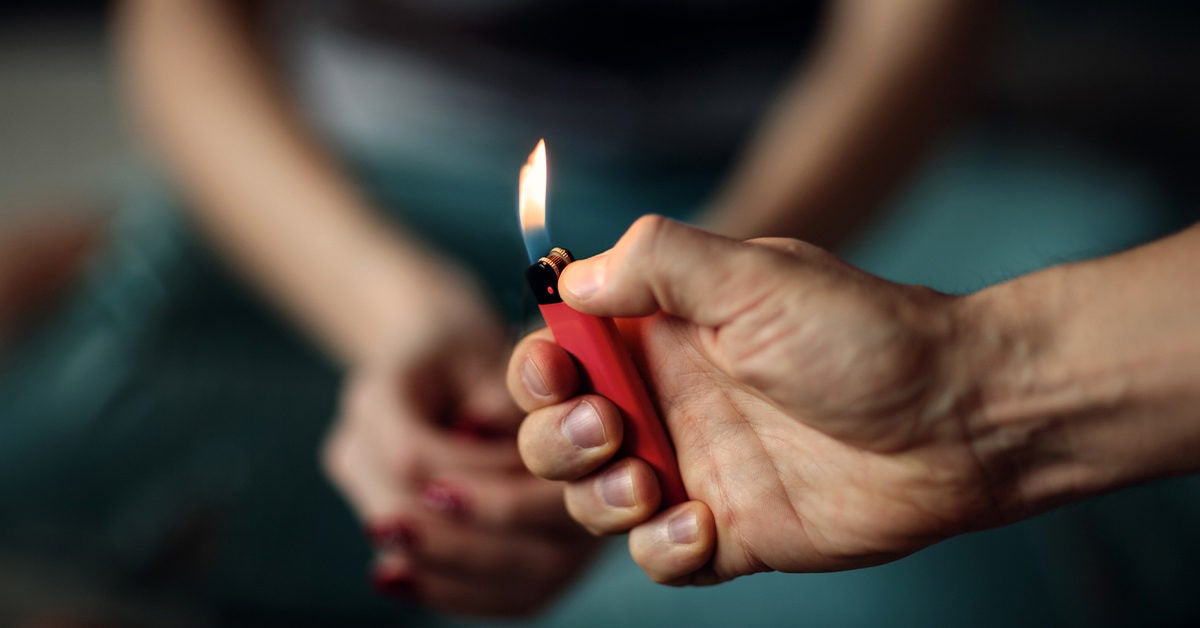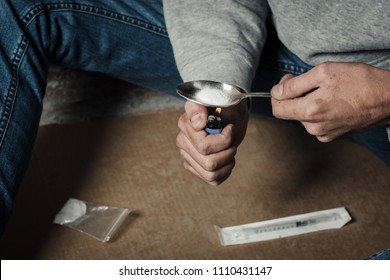

Ĭocaine use leads to increases in alertness, feelings of well-being and euphoria, increased energy and motor activity, and increased feelings of competence and sexuality. Crack cocaine is referred to as 'crack' because of the crackling sounds it makes when heated. Crack cocaine is a smokeable form of cocaine made into small 'rocks' by processing cocaine with sodium bicarbonate (baking soda) and water. When inhaled or injected, it causes a numbing effect. Cocaine can be in the form of fine white powder, bitter to the taste. The duration of cocaine's effects depends on the amount taken and the route of administration. Its effects can last from 15 or 30 minutes to an hour. RecreationalĬocaine is a powerful nervous system stimulant. An alternative method of administration for ENT surgery is mixed with adrenaline and sodium bicarbonate, as Moffett's solution. Even when used this way, some of the used cocaine may be absorbed through oral or nasal mucosa and give systemic effects. In this scenario dissolved cocaine is soaked into a ball of cotton wool, which is placed in the nostril for the 10–15 minutes immediately before the procedure, thus performing the dual role of both numbing the area to be cauterized, and vasoconstriction. Some ENT specialists occasionally use cocaine within the practice when performing procedures such as nasal cauterization. If vasoconstriction is desired for a procedure (as it reduces bleeding), the anesthetic is combined with a vasoconstrictor such as phenylephrine or epinephrine.

Medicinal use of cocaine has decreased as other synthetic local anesthetics such as benzocaine, proparacaine, lidocaine, and tetracaine are now used more often. The major disadvantages of this use are cocaine's potential for cardiovascular toxicity, glaucoma, and pupil dilation. Ĭocaine is now predominantly used for nasal and lacrimal duct surgery. Topical cocaine can be used as a local numbing agent to help with painful procedures in the mouth or nose. Since 1961, the international Single Convention on Narcotic Drugs has required countries to make recreational use of cocaine a crime. Cocaine was first isolated from the leaves in 1860. The leaves of the coca plant have been used by Peruvians since ancient times. In 2013, cocaine use directly resulted in 4,300 deaths, up from 2,400 in 1990. Between one and three percent of people in the developed world have used cocaine at some point in their life. Use is highest in North America followed by Europe and South America. Between 14 and 21 million people use the drug each year. Ĭocaine is the second most frequently used illegal drug globally, after cannabis. With further processing crack cocaine can be produced from cocaine. It is estimated that the illegal market for cocaine is 100 to US$500 billion each year. In 2013, 419 kilograms were produced legally. Cocaine is a naturally occurring substance found in the coca plant which is mostly grown in South America. It can easily cross the blood–brain barrier and may lead to the breakdown of the barrier. This results in greater concentrations of these three neurotransmitters in the brain. Ĭocaine acts by inhibiting the reuptake of serotonin, norepinephrine, and dopamine. Following repeated doses a person may have decreased ability to feel pleasure and be very physically tired. Cocaine sold on the street is commonly mixed with local anesthetics, cornstarch, quinine, or sugar, which can result in additional toxicity. Its use also increases the risk of stroke, myocardial infarction, lung problems in those who smoke it, blood infections, and sudden cardiac death. After a short period of use, there is a high risk that dependence will occur. Ĭocaine is addictive due to its effect on the reward pathway in the brain. Cocaine has a small number of accepted medical uses such as numbing and decreasing bleeding during nasal surgery. Effects begin within seconds to minutes of use and last between five and ninety minutes. High doses can result in very high blood pressure or body temperature. Physical symptoms may include a fast heart rate, sweating, and large pupils. Mental effects may include loss of contact with reality, an intense feeling of happiness, or agitation. It is commonly snorted, inhaled as smoke, or dissolved and injected into a vein.

13 in Handmade Kitchen Cooking Utensil, Thin Dark Wood Saute Spatula, Multipurpose.Ĭocaine, also known as coke, is a strong stimulant mostly used as a recreational drug.


 0 kommentar(er)
0 kommentar(er)
